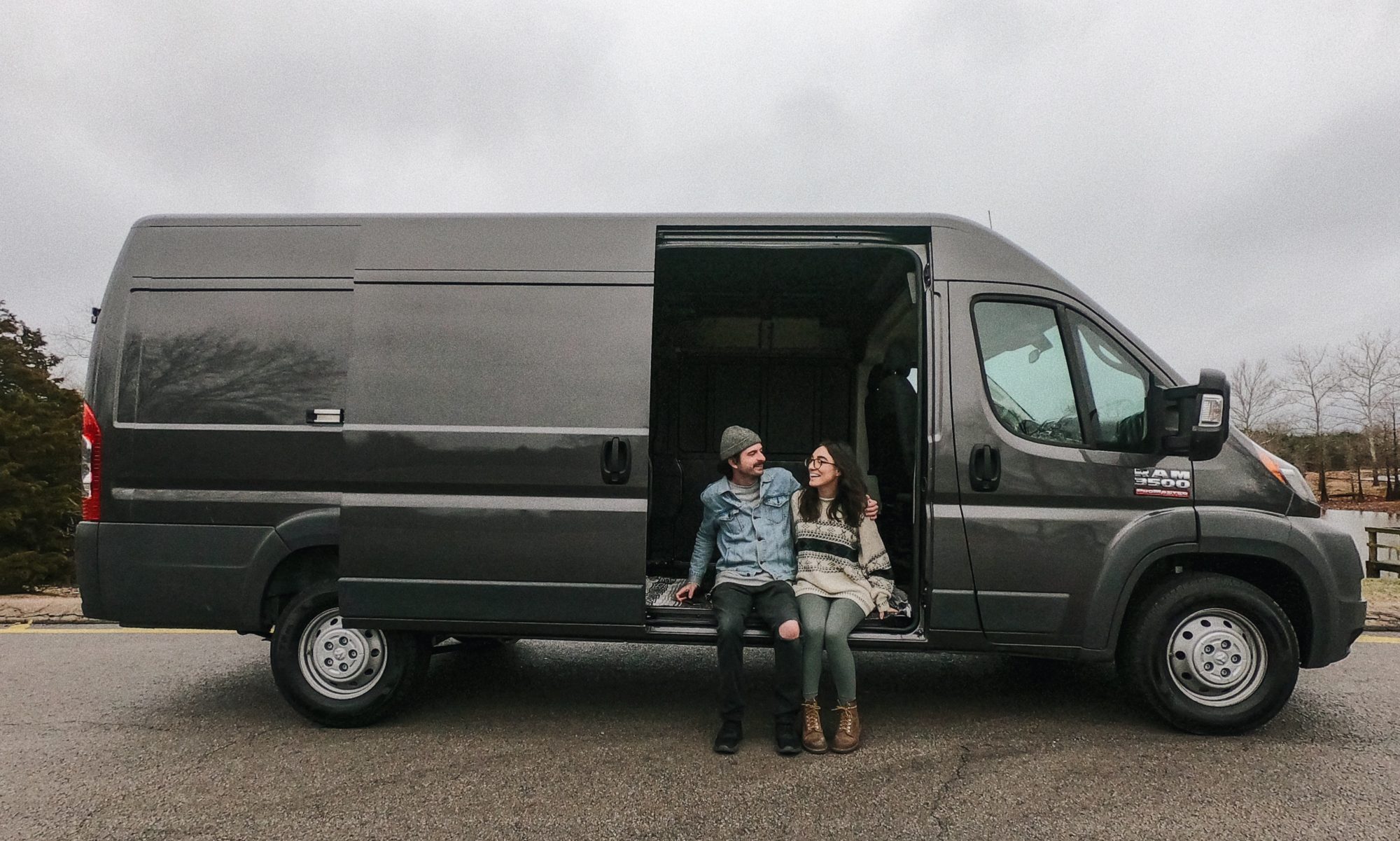We cut our mattress and had the cushions professionally upholstered.
6 inch Green Tea Infused Memory Foam Mattress-Queen

Soft Close Telescopic Spring Gas Lift – We use these on our back benches. We keep all of our bedding stored in one of these benches. Our other bench seat that lifts up, we can easily access our electrical system. We love that they are soft close and stay up and open on their own.

Lagun Pedestal – This table pedestal is great because it’s easily removable and it swivels! You can easily push it aside and out of the way. If you wanted something that you don’t have to remove, an option would be a pedestal like this.


























































































































